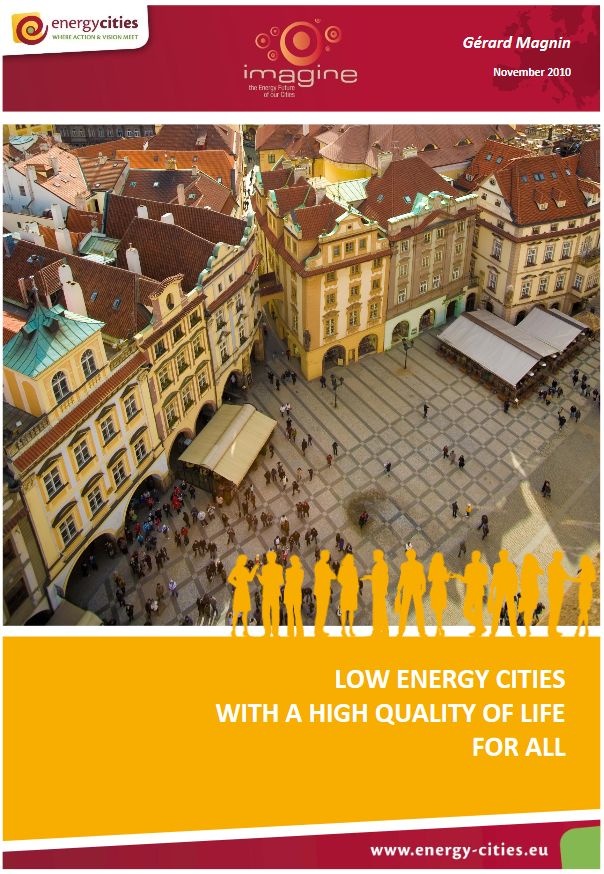We are faced with energy and climate challenges that oblige us to simultaneously ponder short, medium and long-term considerations. All society players, regardless of their sector of activity, are concerned by this new exercise. Although there is a fairly strong consensus amongst the players when remote time horizons are involved, said consensus tends to weaken when shorter horizons supposedly geared to implementing factor 4, like the ‘’3×20’’ by 2020, are considered and is virtually non-existent when it comes to establishing next year’s budget. In fact, such overlapping time frames tend to lead to confusion.
Territories are looking at themselves again, they are innovating, inventing new concepts and connecting people and areas. They are demonstrating that quality of life can be synonymous with a society that uses energy sparingly and produces a minimum of emissions, whilst exploiting its local potentials; a society that offers new opportunities to socially excluded categories.
Territory and network, networking territories
Elected representatives are appointed by the population of legal age living in the territory. It is this population that elected representatives are supposed to serve, a mission that is entrusted to the territorial civil servants they employ. Strictly speaking, the impacts of a policy on populations that do not belong to the territory, either in terms of time or space, are not covered by elective mandates in a representative democracy. The populations that have not yet come into being do not have their say in the matter, and in an ageing population, the future of unborn generations is determined by those electors with the shortest life expectancy. The same applies to remote populations who are subject to decisions made in our territories and impacting ecological balances. These extraterritorial and extratemporal populations that cannot express themselves can only rely on NGOs to stand up for them. This is why participative democracy is so important. The climatic issue – and this really is a new development – has contributed to bridging the gap between the local and global levels, but not to the point of questioning significantly Western urban development choices.
If you ask someone to draw a territory, you will most likely obtain a drawing similar to that on the left below: a closed, circumscribed and rather self-focused shape. The same exercise for a network will give something like the middle drawing, or even more complex: the main feature here is that the network links upwith something external such as the rise of emerging countries, democratic risks, the financial crisis, national legislation, European policies, budget deficits, climate and energy constraints. In reality, territories operate as a network, as shown in the right-hand drawing.

